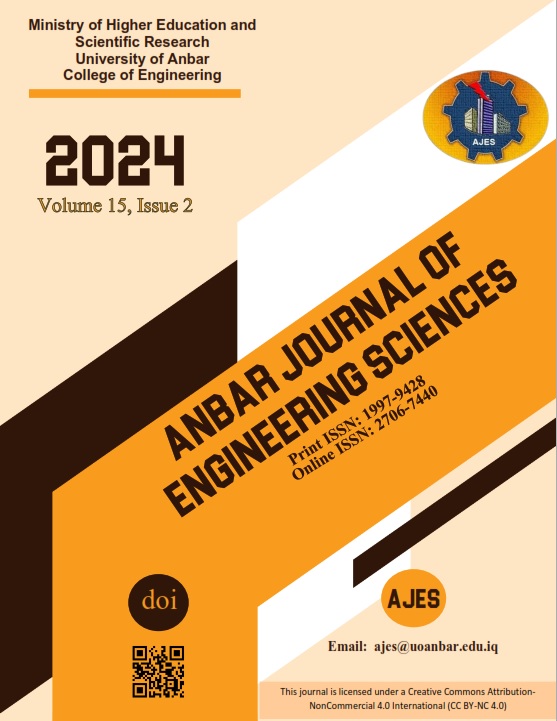Abstract
Deep mixing technology is used to improve the engineering properties of soil. In this review, previous studies on the properties and problems of weak soils were collected and explained, focusing on silty soils found globally and locally. The study also includes a discussion of physical and chemical improvement methods, specifically (cement columns). The advantages of deep mixing technology are also covered from an engineering and economic point of view, as well as its relationship to the environmental impact, as it is one of the sustainable development techniques due to its use of environmentally friendly materials. In addition, one of the objectives of this research is to study the methods of adding cement, whether in the form of powder (dry method) or mortar (wet method). A comparison was made between them to clarify the advantages and disadvantages. It was found that what distinguishes the use of the dry method from the wet method is that the former is more common. The method's effectiveness depends on the soil's moisture content, so the technique is ineffective in soils with less than 30% water content. As cement hydration produces a cementitious gel (CSH) that binds soil particles together, leading to early strength gain, pozzolanic reactions cause increased shear strength and decreased soil compressibility. Finally, some recommendations are included in this article to understand the behavior of cement columns in improving soil and avoiding problems

